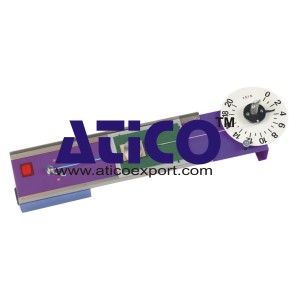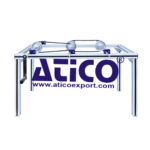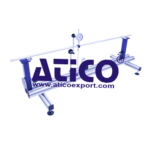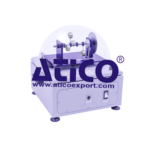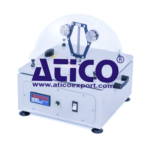Fundamentals of Mechanical Friction
Technical Description:
The unit is used to determine coefficients of friction, it provides fundamental experiments relating to static and dynamic friction. Two solid bodies are moved against each other in uniform manner. The friction forces occurring in the process are measured. One material under investigation is connected to a force gauge and remains at rest on the surface of the paired material which is driven by a motor and slides beneath the friction body. Two sliding speeds can be selected. The change in normal force is effected by additional weights. The various elements of the experiment are clearly laid-out and housed securely on a tray.
Specification:
1. Fundamentals of mechanical friction
2. Friction body and force gauge stationary, supporting friction surface motor-driven
3. 2 friction bodies each with 2 different surfaces
4. 2 supporting friction surfaces with a total of 3 different surfaces
5. 2 cable drum driving speeds
6. Force gauge overload-proof, with clearly legible transparent dial
7. Tray to house the components
Technical Data:
Supporting surfaces: Al / felt, PVC
Friction body: smooth / rough (Al), brass / felt
Driven by synchronous motor
– driving speeds: 23,5cm/min; 47cm/min
Force gauge
– measuring range: 0…2N, graduations: 0,1N Weights: 8x 0,5N

